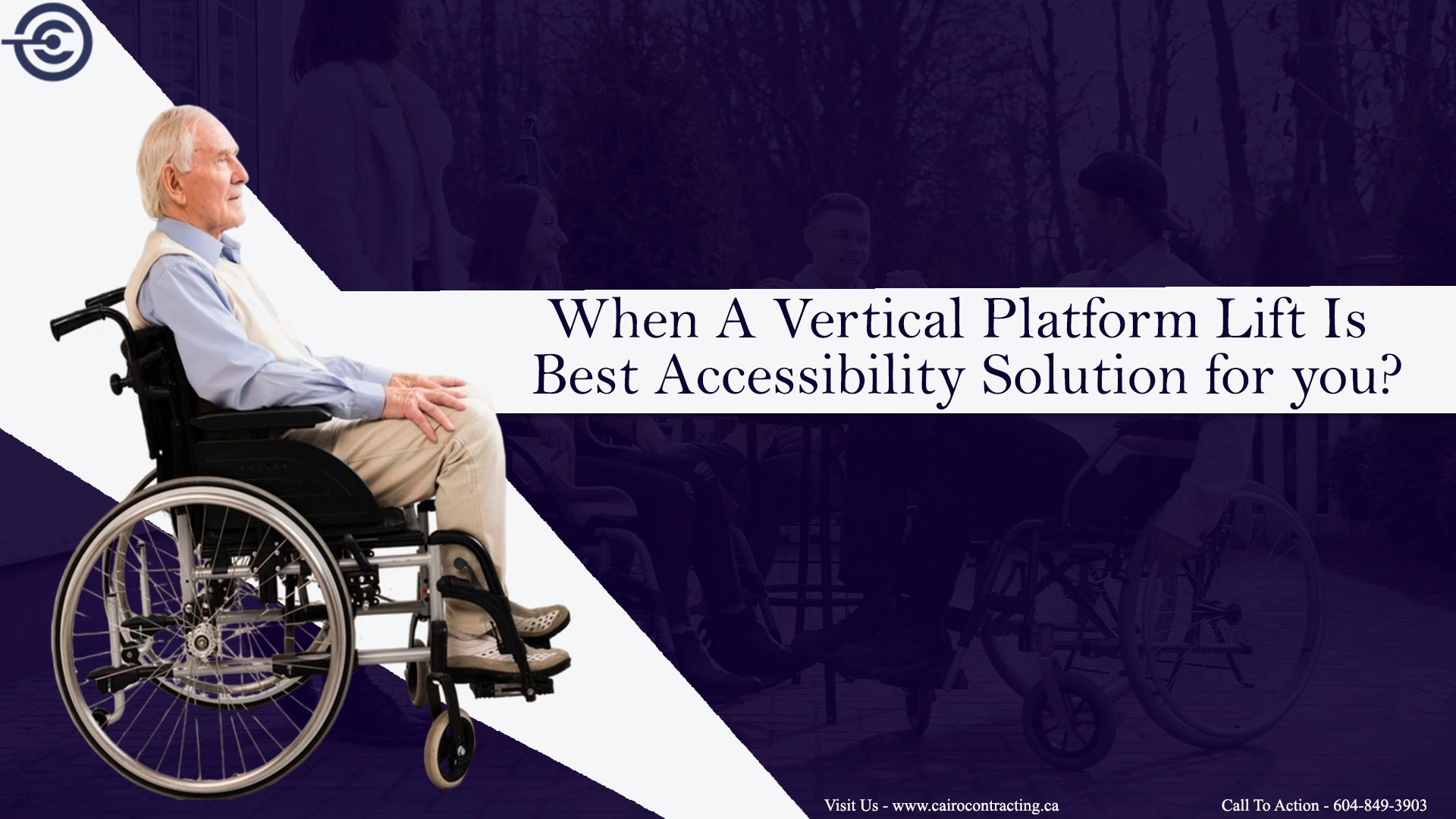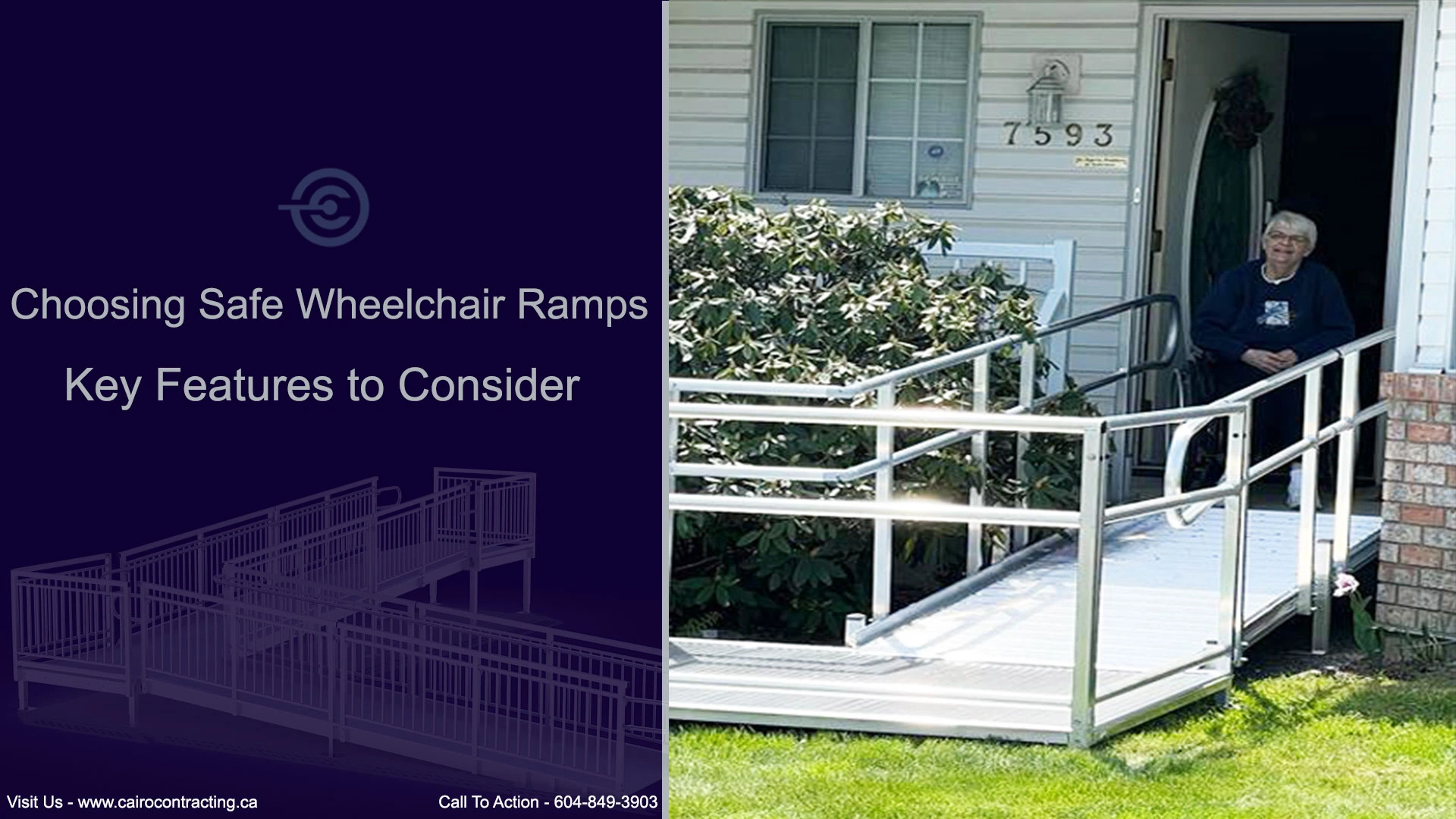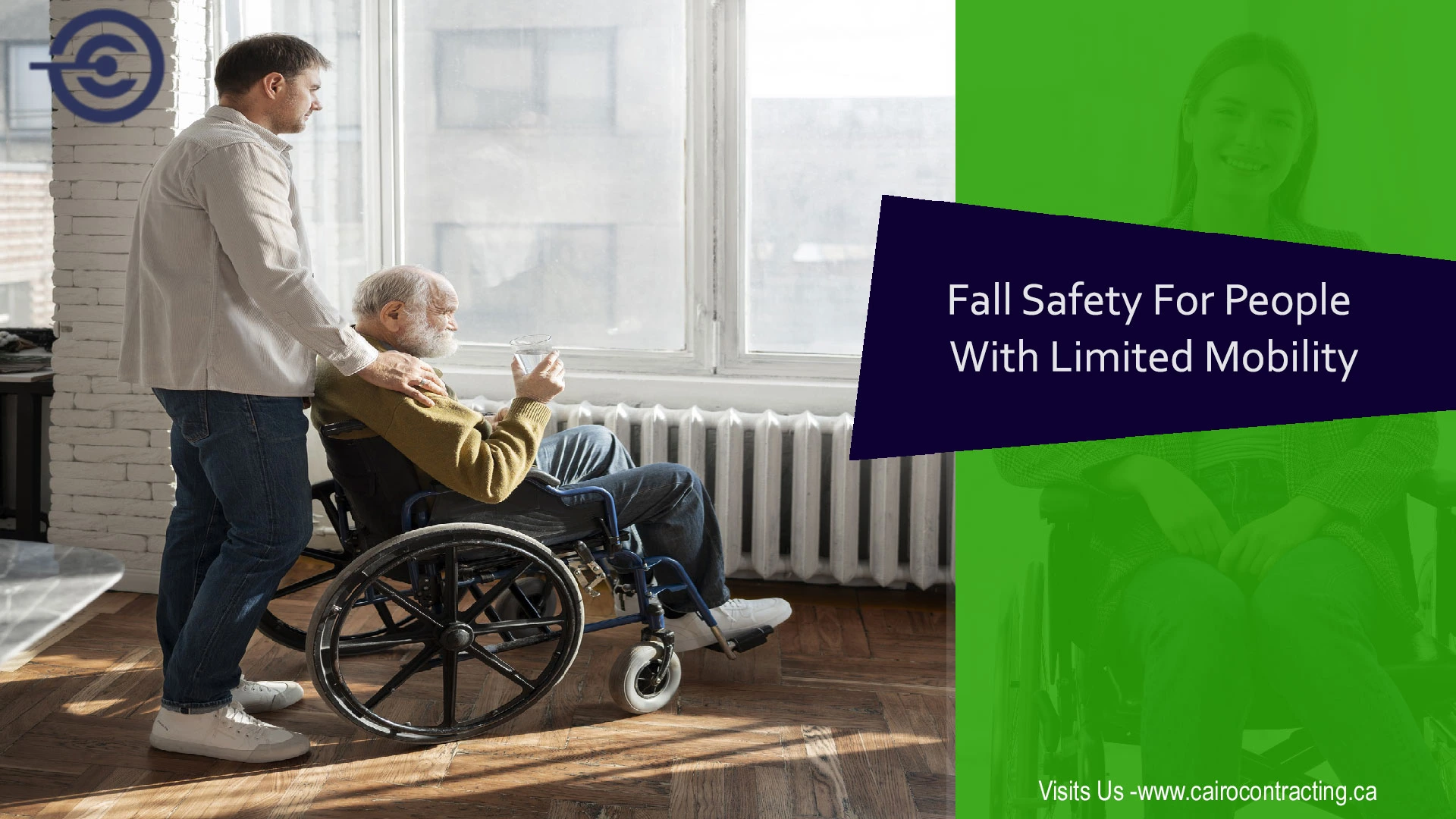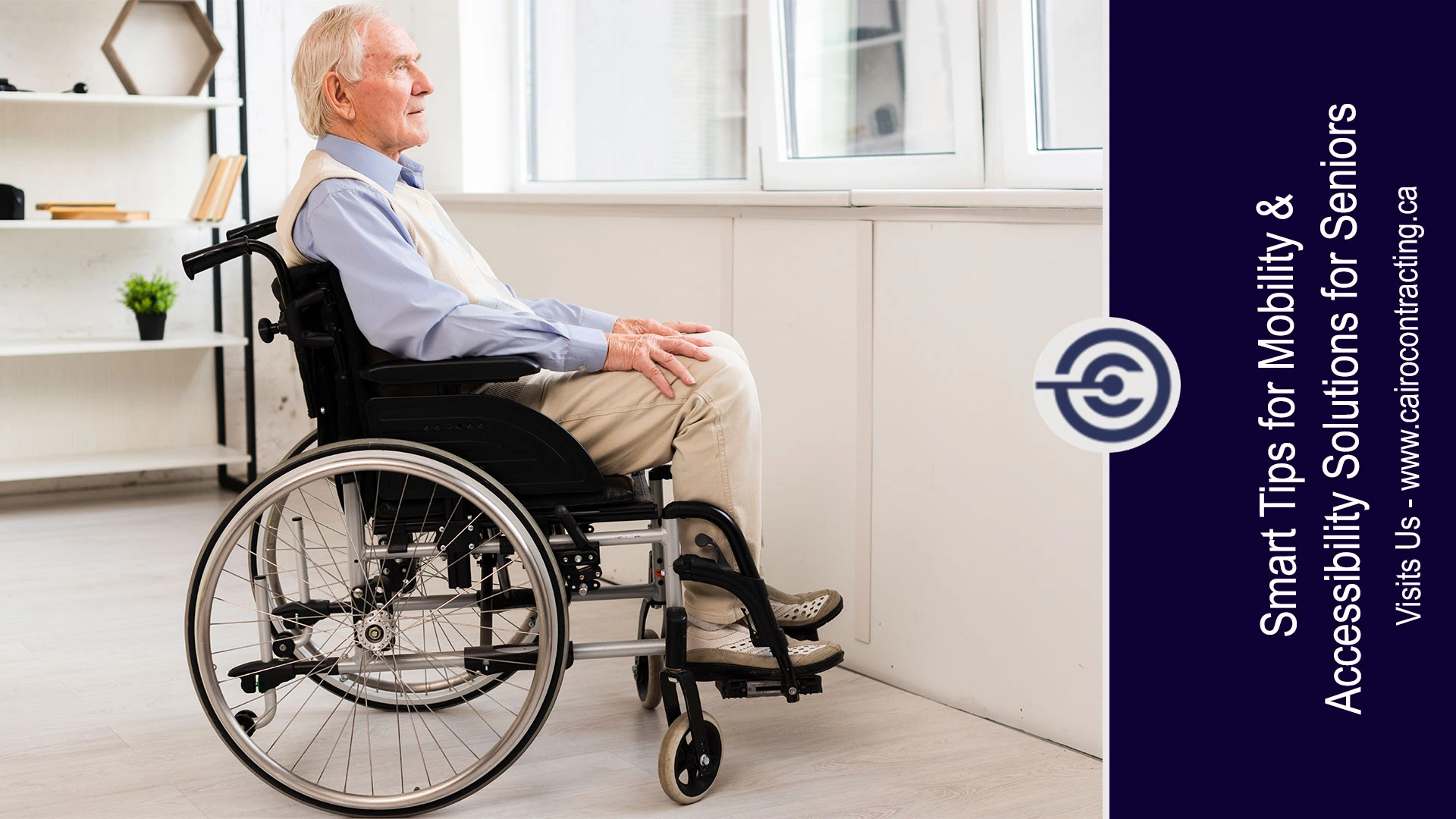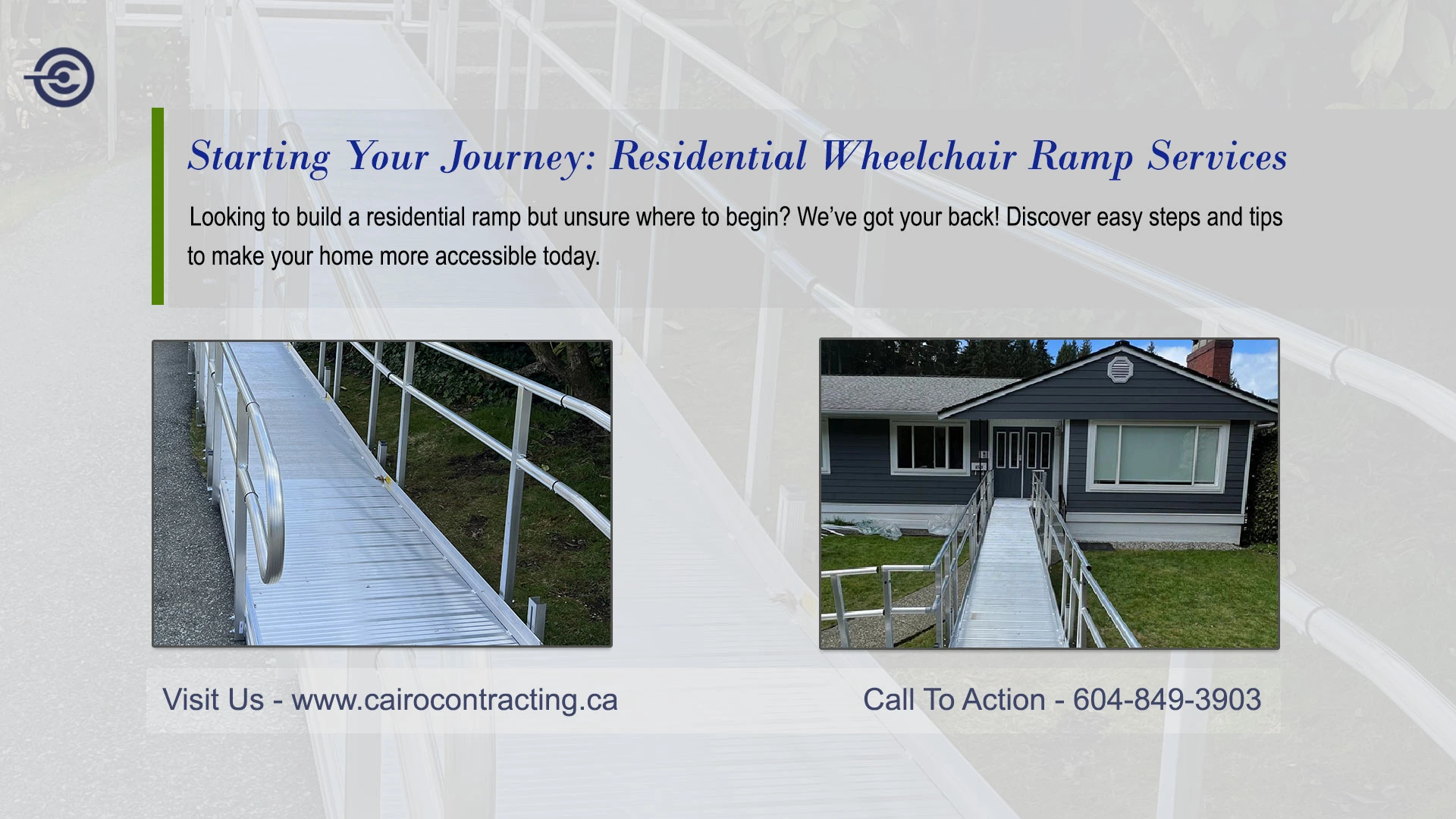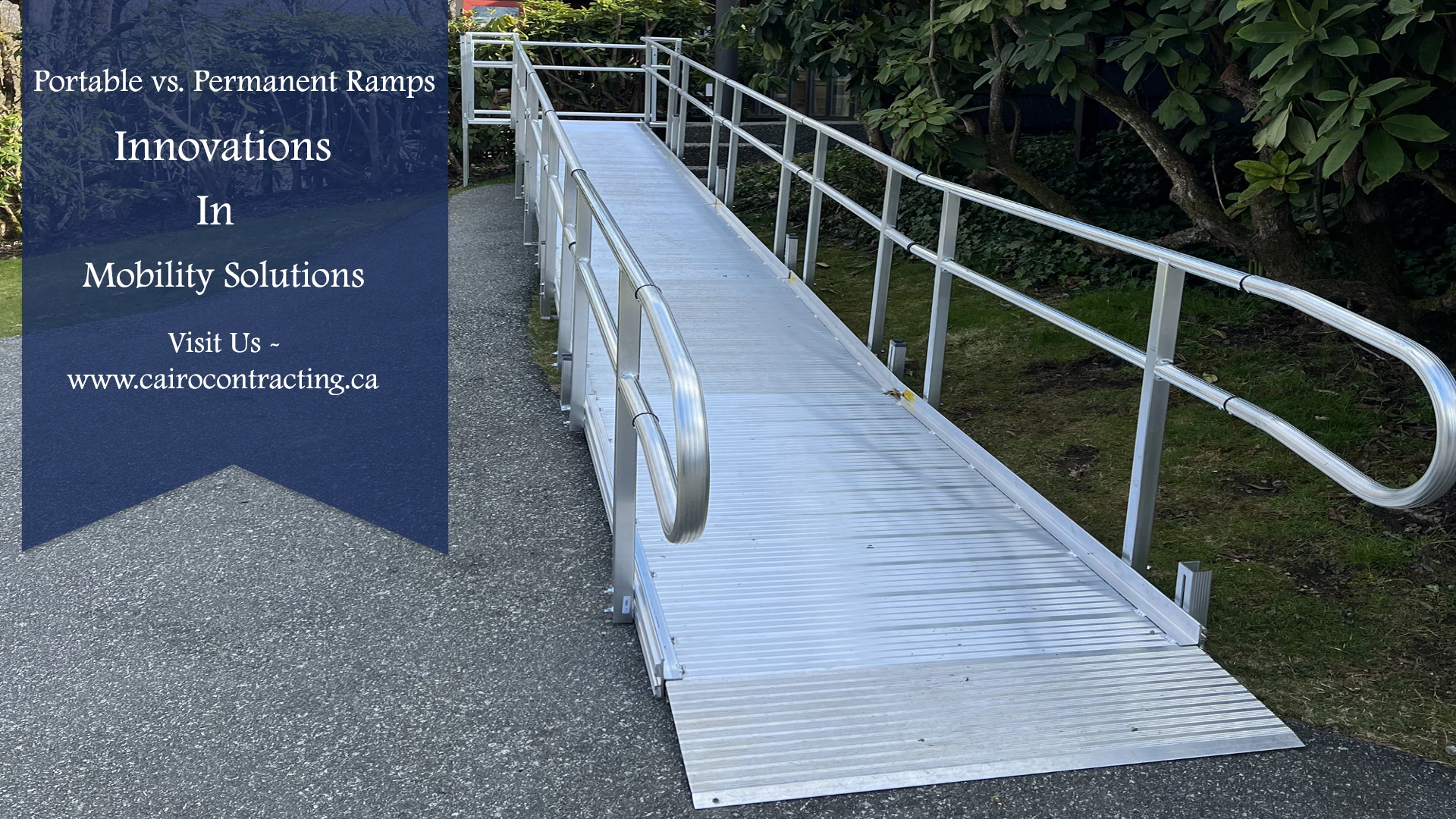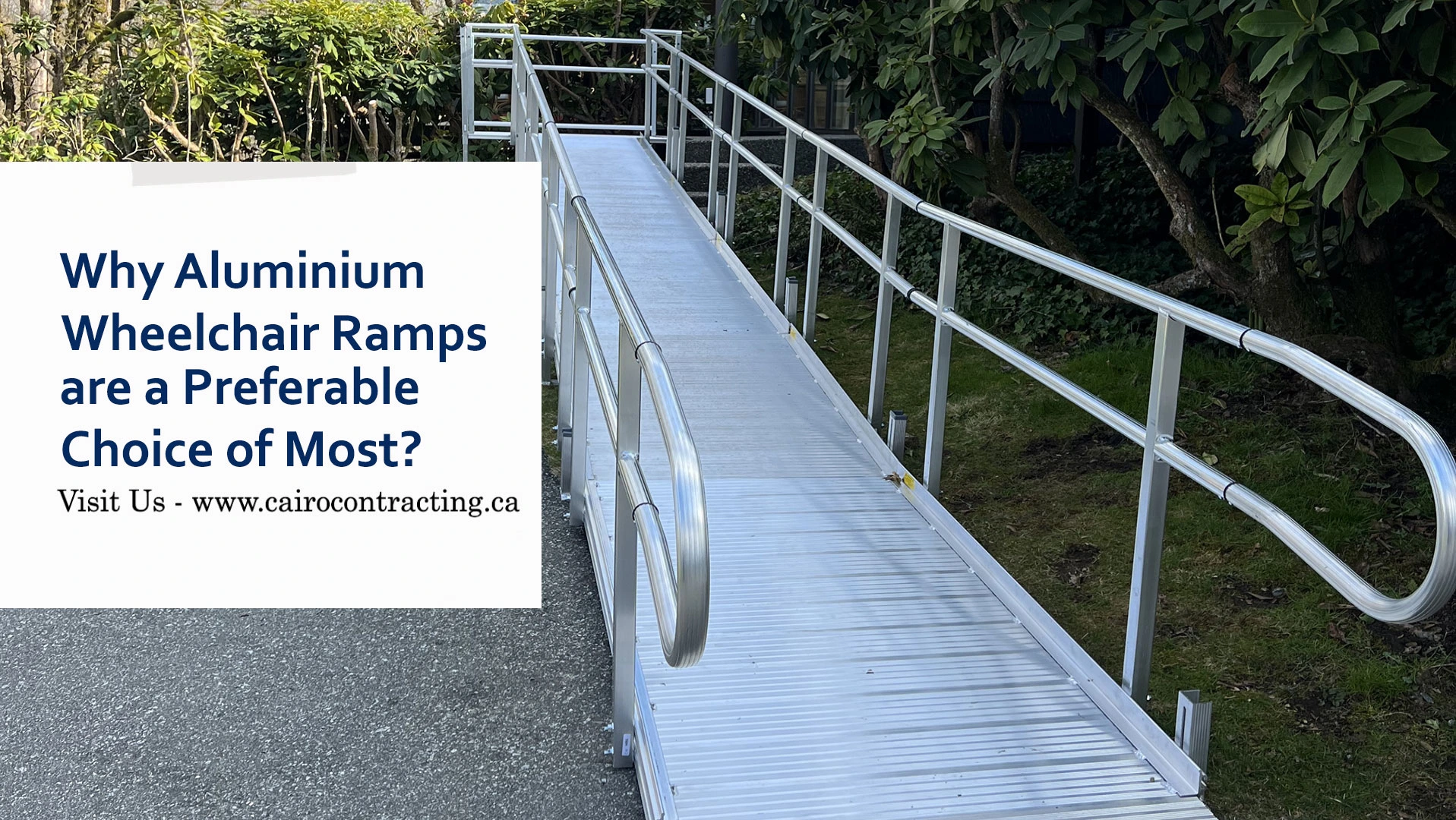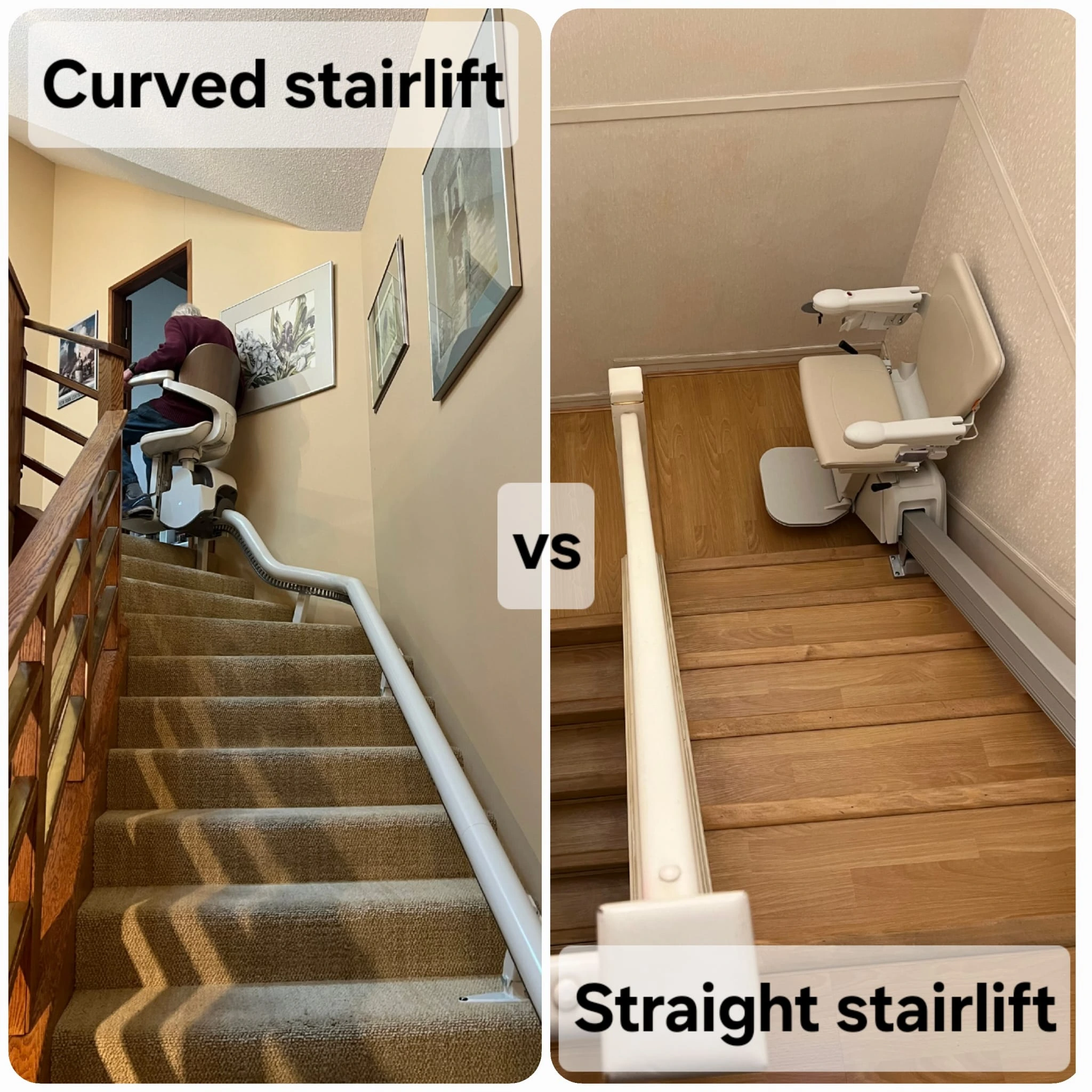Finding Freedom: When a Vertical Platform Lift Can Change Your Life” is the title of a powerful story about the transformative potential of vertical platforms—whether we’re talking about mobility aids like stairlifts, elevators, or lifts for those with limited mobility, or perhaps metaphorically, about opportunities that elevate a person in a significant way. The idea of freedom in this context refers to overcoming physical, social, or financial barriers through innovative technology or systems that enhance one’s independence.
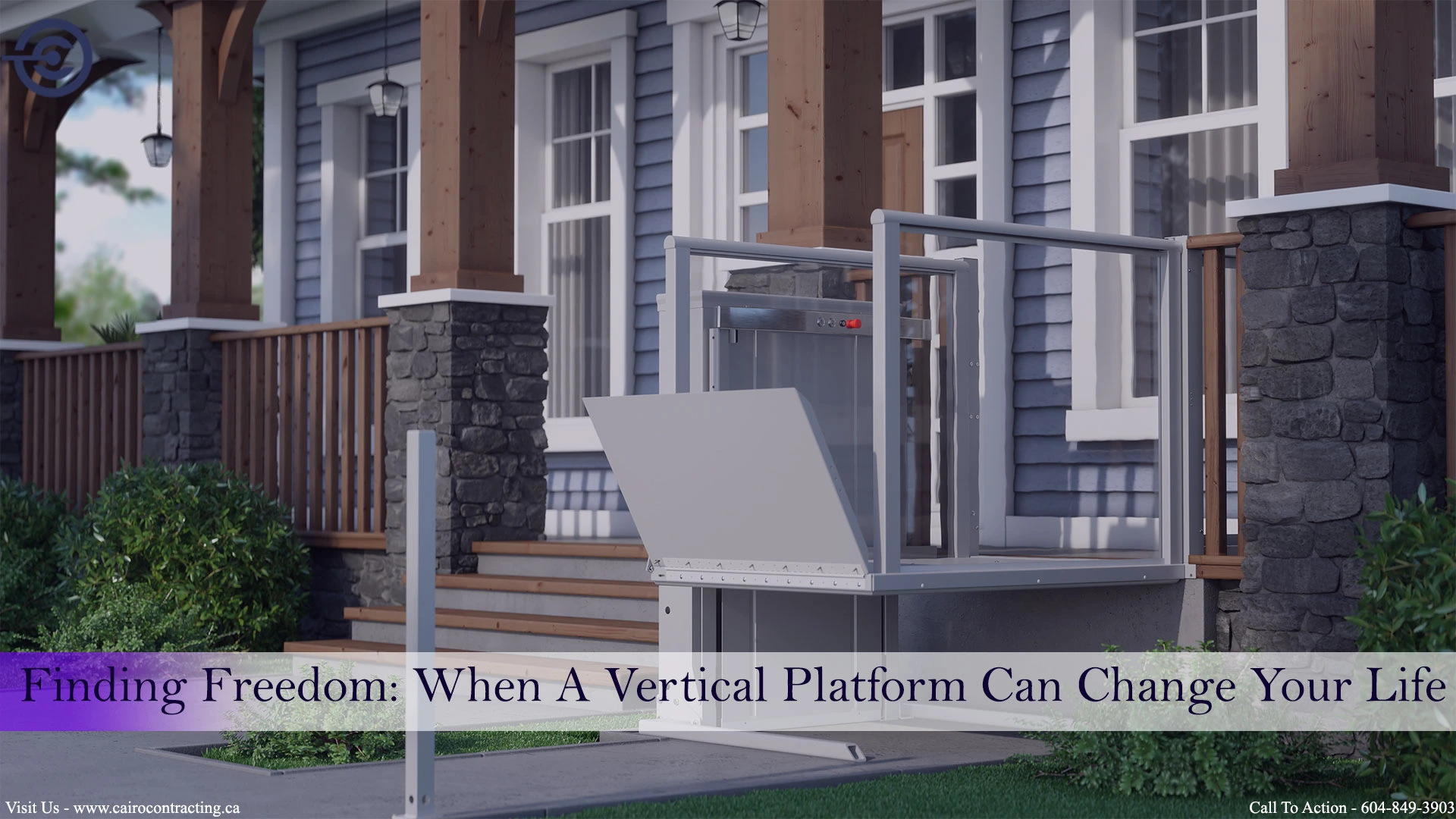
1. The Desire for Independence
- Vertical Platform Lifts or Porch Lifts play a crucial role in gaining mobility and accessibility, which is central to independence and freedom in a person’s life.
- Most common barriers to mobility, such as stairs, tall buildings, and difficult terrain, can limit people’s ability to live fully. We at Cairo Contracting understand this and thus offer the most cost-effective and easily available solutions to its customers.
2. Vertical Platforms: The Game-Changer
- The concept of vertical platforms— or devices like elevators, stairlifts, and platform lifts is to allow people to move vertically with ease, giving them access to spaces that were once out of reach.
- These platform lifts can serve as life-changing tools for people with disabilities or elderly individuals who may struggle with stairs.
3. Real-Life Impact
- Keryn Todd shared how Cairo Contracting helped her by installing a vertical platform.
She says, “We needed a platform lift to replace the very steep stairs in our newly purchased home. The stairs went from the ground floor down to our basement. The team assessed our needs and suggested a product that would suit us. We accepted their suggestion and the team installed the platform lift. It was one of the best decisions we made as we can now move things safely up and down to and from our basement. Thank you everyone, we are thrilled with the results!!”
- Allan Brisson emphasized on the emotional and psychological benefits with the Porch Lift installation for his scooter. It helped in gaining freedom, avoiding dependence on others, and feeling more connected to family or community.
4. More Than Just Mobility
- These vertical platform lifts or porch lifts aren’t just about physical movement—they also represent emotional and social freedom as well. Gaining your independence of moving freely in and around the house is what we all wish for as we grow old. These accessibility solutions are meant for such independence and safety.
- These technology based innovations allow people to participate more fully in daily life, from work to social gatherings, and improve overall quality of life.
5. Innovation Meets Accessibility
- Thanks to the modern vertical platform technologies, which are evolving everyday to become more affordable, efficient, and discreet. Smart homes and intuitive designs are making these solutions more accessible to a wider range of people.
- Vertical platform lifts or porch lifts play a significant role in advancing universal design and accessibility, as they help create environments that are inclusive, adaptable, and usable by people of all abilities, regardless of age, size, or physical limitations. Universal design aims to make buildings, products, and services accessible to as many people as possible, without the need for specialized adaptations or retrofits.
6. Challenges and Future Outlook
- While vertical platform lifts (VPLs) offer significant benefits in terms of accessibility, independence, and universal design, there are several challenges related to their cost, maintenance, and installation. These factors can influence whether they are a viable solution for individuals or businesses looking to improve accessibility.
- The price can vary depending on the model, weight capacity & building modifications (e.g., enclosed or open, indoor or outdoor).
- These platform lifts require regular maintenance to ensure they operate safely and efficiently. This includes checking electrical systems, lubricating moving parts, and ensuring that safety features (such as brakes, sensors, and barriers) are functioning properly.
- Vertical platform lifts or Porch lifts should always be installed by certified professionals like Cairo Contracting who are trained in the complexities of these systems. If not installed correctly, issues such as improper weight distribution, mechanical failures, or safety hazards could arise.
In nutshell, finding freedom often starts with access—access to spaces, to people, and to life itself. Vertical platform Lifts or Porch lifts are tools of independence and freedom, offering a chance to live life without limits. We at Cairo Contracting are here to offer you new perspectives on the possibilities for independence and accessibility. Does that sound like the direction you were thinking, or would you like to explore it from a different angle?
